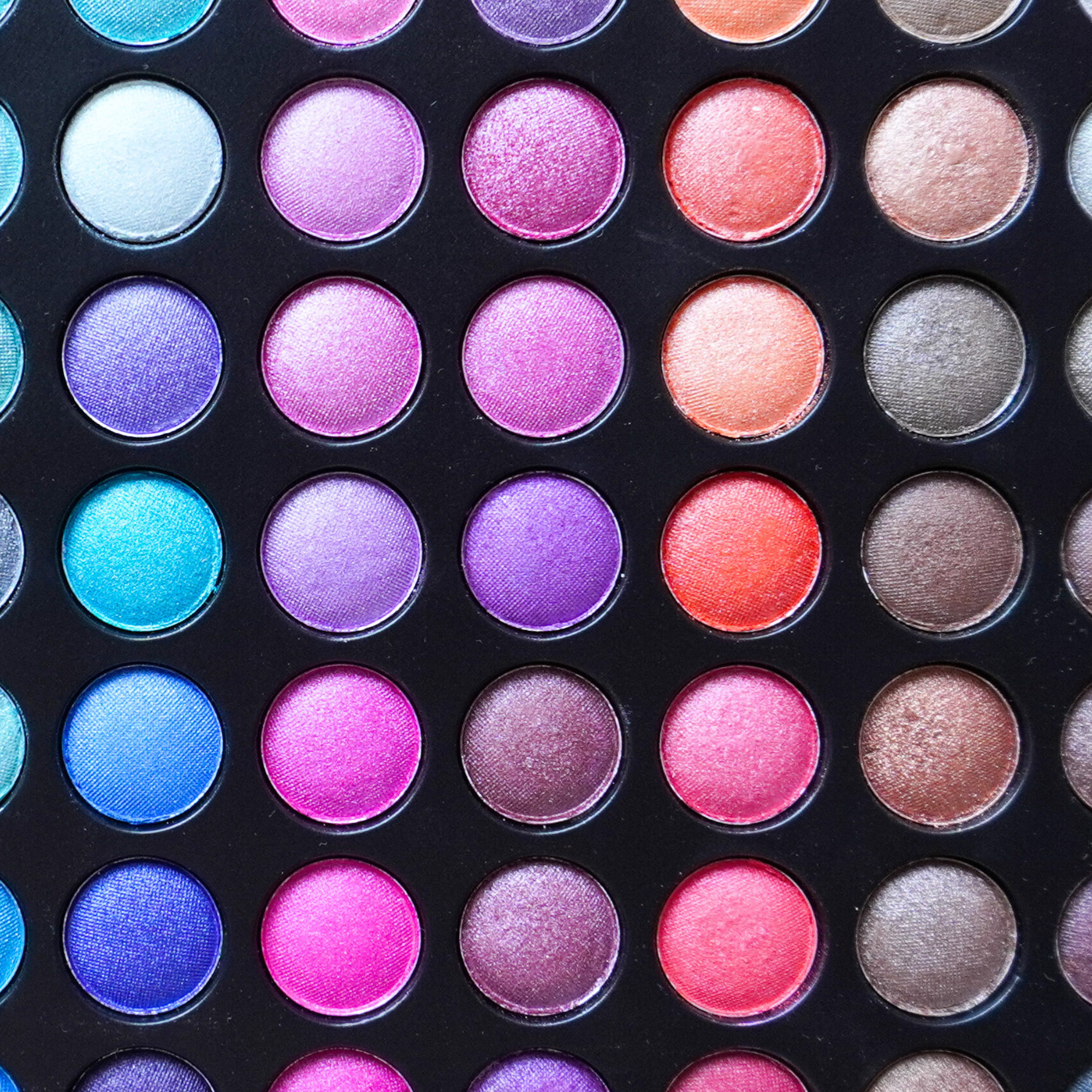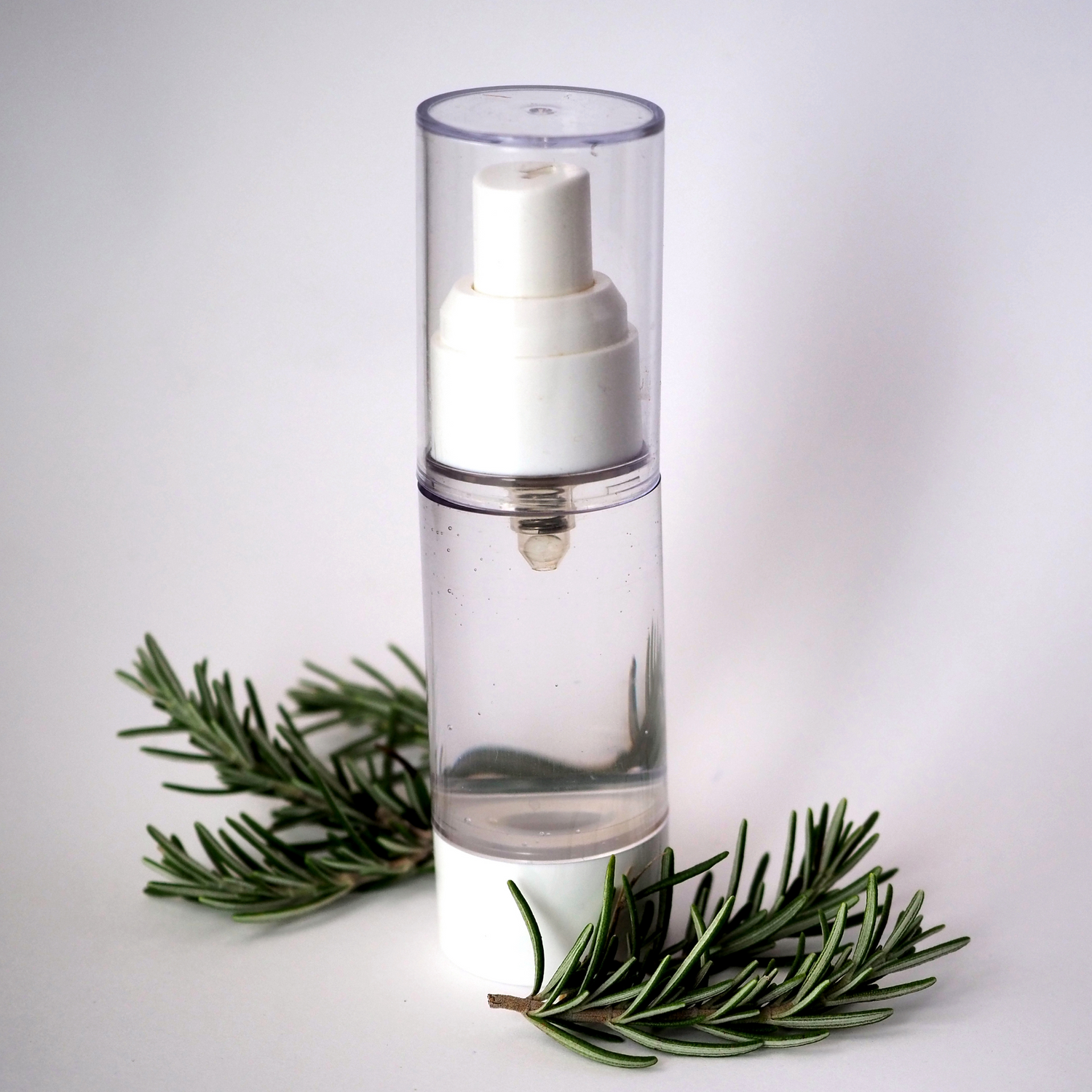In recent years, despite their long-standing use, micas have been advocated for use in cosmetics, since they are minerals and therefore of natural origin. The titanium dioxide and iron oxides present in micas raise health and environmental concerns when reduced to nanoparticle size.
Here are some of the possible dangers associated with their use in cosmetics:
Increased skin penetration:
Due to their small size, nanoparticles can penetrate the skin barrier more easily. This raises questions about their ability to reach deeper layers of the skin and potentially affect cells. They can be found in moisturizers, makeup, sunscreens, and even toothpaste.
Potential toxicity:
Some types of nanoparticles, particularly those made from heavy metals, can be toxic. Their small size and large surface area can increase their chemical reactivity and potential for toxicity.
Inflammatory responses: Nanoparticles can trigger inflammatory responses in the skin, especially if they penetrate deeper layers. This may be of particular concern for people with sensitive skin or pre-existing skin conditions.
Effects on lung health:
Nanoparticles can be inhaled when applying cosmetic products in the form of sprays or powders. This raises concerns about potential effects on lung health, as they can reach the deep airways.
Environmental impact:
Nanoparticles in cosmetics can also have environmental consequences when released into wastewater. Their accumulation in the environment raises questions about the long-term effects on aquatic ecosystems.
Ethical issues:
The production of nanoparticles can involve manufacturing processes that raise ethical concerns, including the use of limited resources and the social implications of extracting materials, and even the exploitation of children in mines to extract minerals, such as titanium dioxide and iron oxides.
Although research on their impact on health is not yet entirely conclusive, in the absence of clear data on the safety of nanoparticles, the slow cosmetics movement prefers to refrain from using them until solid scientific evidence can guarantee their safety. The precautionary principle in slow cosmetics is a responsible approach. By adopting this approach, we also encourage more ethical and sustainable consumption. And you, do you prefer to wait for irrefutable evidence to act, or are you more like us and prefer to take action first?







